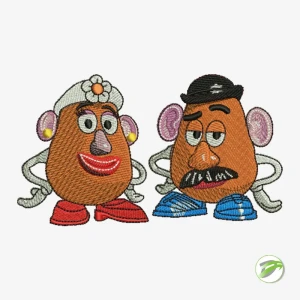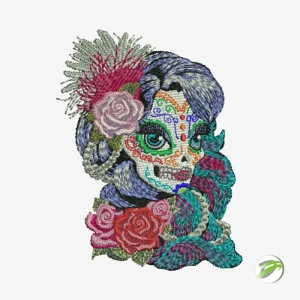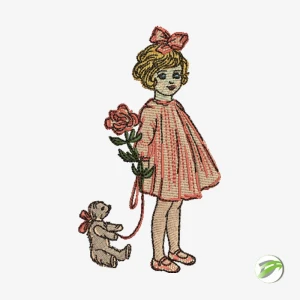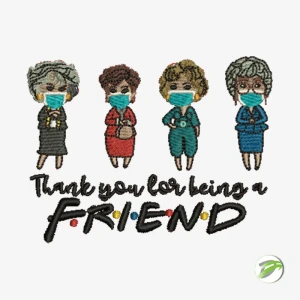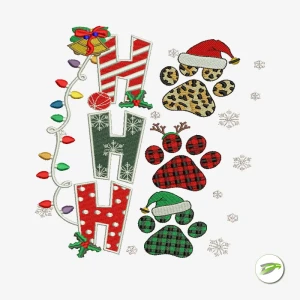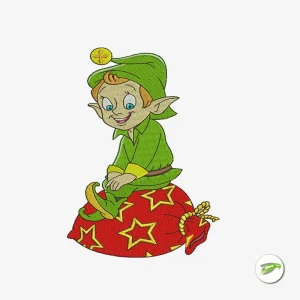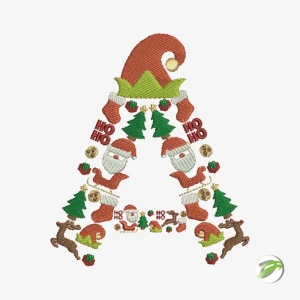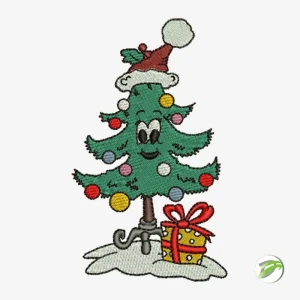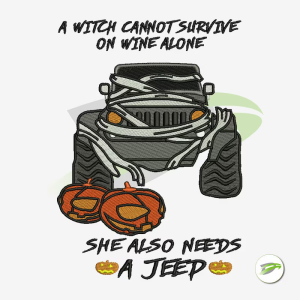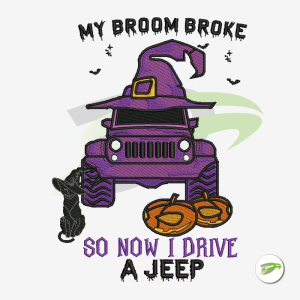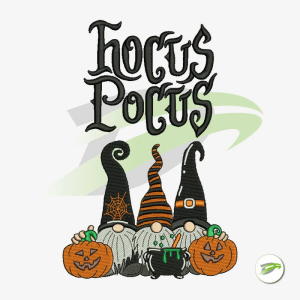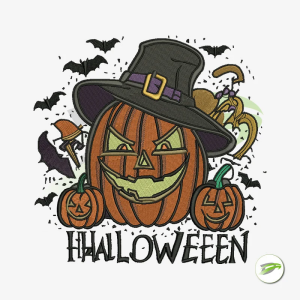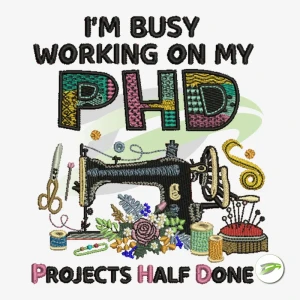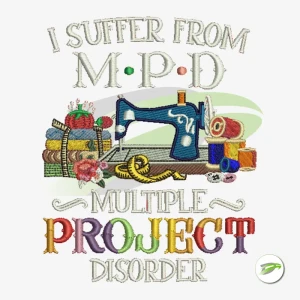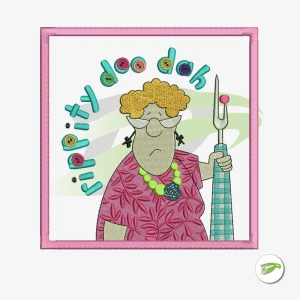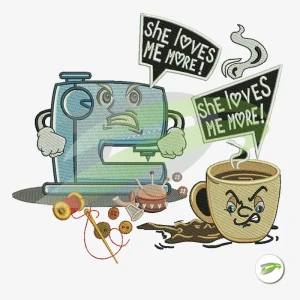Categories
- Cartoon Embroidery Designs
- Childrens and Nursery Embroidery Designs
- Beauty Embroidery Designs
- Women Embroidery Designs
- Childrens and Nursery Vector Designs
- Food & Wine Vector Designs
- ABC Embroidery Designs
- Halloween Embroidery Designs
- Flowers & Gardens Vector Designs
- Floral Embroidery Designs
- Food Embroidery Designs
- Easter Embroidery Designs
- Applique Embroidery Designs
- Written Embroidery Designs
- Unicorn Embroidery Designs
- Angel Embroidery Designs
- Feather Embroidery Designs
- FSL Embroidery Designs
- Birthday Embroidery Designs
- Quote Embroidery Designs
- Family Embroidery Designs
- Emoji Embroidery Designs
- Nature Embroidery Designs
- Special Occasion Designs
- Cross Stitch
- Seasonal
- Fantasy
- Holidays
- Occasions
- 4th July Embroidery Designs
- Animated Emboridery Designs
- 2023 Embroidery Designs
- ABC Embroidery Designs
- American Eagle Digital
- American Eagle Embroidery Designs
- Angel Embroidery Designs
- Angel Vector Designs
- Animal Embroidery Designs
- Animal Vector
- Anime Embroidery Designs
- Applique Embroidery Designs
- Autism Vector Designs
- Autism Embroidery Designs
- Basic Embroidery Designs
- Beauty Embroidery Designs
- Bee Day Embroidery Designs
- Birds Embroidery Design
- Birthday Embroidery Designs
- Birthday Vector Designs
- Borders and Corners Embroidery Designs
- Butterfly Machine Embrodiery Designs
- Cartoon Embroidery Designs
- Cartoon Vector Design
- Cat Embroidery Design
- Cat Vector Designs
- Childrens and Nursery Embroidery Designs
- Childrens and Nursery Vector Designs
- Christmas Embroidery Designs
- Christmas Ginger Embroidery Designs
- Christmas Tree Embroidery Designs
- Christmas Wishes Embroidery Designs
- Clock Digital Emboridery Design
- Coffee Embroidery Designs
- Grinch Embroidery Designs
- Lion Embroidery Designs
- Couple Embroidery Designs
- Crafty and Embroidery Designs
- Crafty and Sewings Vector Designs
- Create Customize Designs
- Cross Stitch Embroidery Designs
- Crown Embroidery Designs
- Custom Embroidered Patches
- Decorative Embroidery Designs
- Decorative Vector Designs
- Devil Vector Designs
- Digital files Embroidery Designs
- Digitized Embroidery Design
- Doodled Embroidery Designs
- Dragon Embroidery Designs
- Eagle Embroidery Designs
- Earth Day Embroidery Designs
- Easter Embroidery Designs
- Education Embroidery Designs
- Letters Embroidery Designs
- Embroidery for Beginners
- Friends Embroidery Design
- Winter Embroidery Design
- Emoji Embroidery Designs
- Eye Embroidery Design
- Fairy Vector Designs
- Faith Embroidery Design
- Family Embroidery Designs
- Fantasy & Fairy Tales Vector Designs
- Fantasy & Fairytale Embroidery Designs
- Father’s Day Embroidery Design
- Fathers Day Vector Designs
- Feather Embroidery Designs
- Flags Embroidery Designs
- Floral Embroidery Designs
- Floral Vector Designs
- Flowers & Gardens Embroidery Designs
- Flowers & Gardens Vector Designs
- Font Embroidery Designs
- Food & Wine Vector Designs
- Food Embroidery Designs
- Freebies Embroidery Designs
- FSL Embroidery Designs
- Ginger Bread Man
- Gnomes Embroidery Design
- Graffiti Vector Designs
- Halloween Embroidery Designs
- Halloween Vector Designs
- Independence Day Embroidery Designs
- Insect Embroidery Designs
- King Martin Luther Embroidery Designs
- Love Embroidery Designs
- Memorial Day Embroidery Designs
- Mother’s day Embroidery Design
- Mothers Day Vector Designs
- Music Embroidery Designs
- Music Vector Designs
- Native Embroidery Designs
- Nature Embroidery Designs
- Peace Vector Designs
- Quote Embroidery Designs
- Quote Vector Designs
- Shoes Embroidery Designs
- Skull Embroidery Designs
- Skull Vector Designs
- Special Occasion Designs
- Tattoo Vector Designs
- Tree Embroidery Design
- Unicorn Embroidery Designs
- Unicorn Vector Designs
- Valentine's Day Embroidery Designs
- Valentine's Day Vector Designs
- Wedding Vector Designs
- Winter Embroidery Designs
- Winter Vector Designs
- Wedding Embroidery Design
- Women Embroidery Designs
- Women Vector Designs
- Zombie Vector Designs
- School Embroidery Designs
- Girl Embroidery Designs
- Santa Embroidery Designs
- Christmas Vector Designs
- Girl Vector Designs
- Snowman Embroidery Designs
- Snowman Vector Designs
- Card Vector Designs
- Ostrich Embroidery Designs
- Religions Embrodidery Designs
- Elf Embroidery Designs
- Pumpkin Embroidery Designs
- Vector Designs
- Sewing Embroidery Designs
- Cancer Embroidery Designs
- Embroidery Designs Under $5
- Animated Embroidery Designs
- Christmas Embroidery Designs
- Animal Embroidery Designs
- Valentine's Day
More Categories

